How to deal with aphids on cucumbers in the greenhouse and in the open field?
Gluttonous pests are able to nullify the work of the summer resident in a short time. Appearing on the underside of leaves, aphids on cucumbers cause harm comparable to non-treatable crop diseases.
Description and life cycle of the pest
A small nasty insect, the melon aphid, with particular zeal, populates, first of all, the plantings of cucumbers and zucchini. In open ground, it appears from the end of June, in greenhouses and greenhouses - much earlier, about 2-4 weeks after transplanting.
Melon (cotton) aphids with a body up to 2 mm long are usually colored from light green, cucumber to dark green, almost black. Adult insects are clearly visible with the naked eye.
The first insects settle at the bottom of the leaves, so it is not always easy to spot them. If old cucumber leaves droop or young ones curl, flowers fall off, deformation of the tops is clearly visible, urgent action is needed: these are the first signs of damage to plants by cotton aphids. Further, it actively spreads to young shoots, flower stalks, ovaries.
Wingless females and aphid larvae spend winter hiding under the rosette leaves of perennial weeds. Sometimes ants provide a safe refuge, hiding their nurses in burrows. As soon as the weather is warm (+ 10–12 ° С), the aphid immediately leaves the wintering place and colonizes the nearest plant, sucking out vital juices from it. With a lack of nutrition, the insects develop wings that allow them to move in search of a suitable “prey”. Unfortunately for gardeners, this process coincides in time with the timing of planting cucumber seedlings. If the pest chooses young plants for his "dining room", the seedlings will not withstand the onslaught and will die.
The pest reproduces depressingly quickly: each female reproduces 40 of its own kind at a time. Aphids are a viviparous insect, the larvae reach the adult stage in just 10 days. That is, about 20 generations are born during the season, which pose a threat not only to melons and gourds. Beans, beets, berries are threatened. All individuals are parthenogenetic females, that is, reproduction occurs through self-fertilization.
-15 ° С - the temperature at which the pest dies, that is, in protected ground conditions, it is able to develop all winter, multiply at temperatures down to -5 ° С.
Aphids are a cosmopolitan pest, that is, they live in all regions.
Aphid damage
If you do not take measures to protect the culture from the pest, the consequences will be very sad:
- death of 50% of seedlings (at best);
- discharge of buds, ovaries;
- slowing down the development of culture;
- infection of cucumbers with viruses;
- spread of ants over the site.
Ways to fight
The fight begins as soon as the first signs of an attack are noticed. Experienced gardeners prefer to use folk remedies, since we are talking about vegetables for food. At the same time, different recipes are used for greenhouses and open ground, since it is much more difficult to deal with aphids on unprotected beds.
- Soda solution
3 tbsp. l. soda is dissolved in a bucket of water, liquid soap and vegetable oil are added (3 tbsp each). The tool also serves to prevent powdery mildew, downy mildew (peronosporosis), rot.
- Ammonia
A couple of tablespoons of liquid detergent are added to a bucket of water, then 50 ml of a pharmacy ammonia solution (10%) is poured.In addition to treatment against aphids, cucumbers receive additional feeding.
- Infusion of celandine for greenhouses
The collected celandine is dried, crushed, and poured with warm water. For 10 liters, 300 g of dried herb is enough. After a day, the infusion is filtered, the cucumbers are sprayed completely, not missing a single leaf.
- Dandelion for greenhouses
A kilogram of flowers dug out from the root is poured with warm water (8 liters), insisted for 4 hours. As in the previous case, the beds and plants are carefully processed.
- Outdoor mash
For 300 g of raw materials, take a bucket of warm water and two tablespoons of tar soap. They insist for two days, filter, process the cucumber lashes.
- Onion hulls for unprotected ground
Half a bucket of tightly packed husk is poured with 7 liters of boiling water, after a day the infusion is filtered, 10 liters of water are added to it - and the solution is ready for processing plants.
- Hot peppers for use in open areas
50 grams of dry red hot pepper, ground or chopped, pour a liter of boiling water. After two hours, the infusion is filtered, diluted with water 1:10.
- Horse sorrel root
If there are thickets of this plant nearby, to combat aphids, their rhizomes are dug up and insisted in water at the rate of 10 liters of boiling water per 300 g of washed crushed roots. After 2-3 hours, the infusion is filtered and cucumbers are sprayed with it.
The processing of cucumbers with folk remedies is repeated several times every 3-4 days. The rule is especially carefully observed for plants in the open field. Each time, an infusion is prepared from other components.
Also used are infusions or decoctions of ash, pyrethrum (Caucasian chamomile), garlic, tansy, tomato or potato tops, coniferous litter or ready-made coniferous extract sold in a pharmacy. For better adhesion, 50-70 ml of liquid detergent is added to any solution, preferably based on laundry soap or special for fleas (cat or dog). You can use a regular one by grating it.
Some summer residents also advise using vegetable oil when preparing solutions for spraying - it envelops small pests, blocking air access to them.
Unusual recipes by experienced gardeners:
- Bitter wormwood (one well-developed plant per liter of boiling water) is insisted for 6-8 hours, then cucumbers and the soil under them are treated with liquid.
- A liter of milk mixed with 10 ml of iodine is added to 10 liters of water. The solution helps to cope with aphids, at the same time serves as a good feeding for cucumbers.
- A tablespoon of 9% vinegar is diluted in a bucket of water, the plants are sprayed from root to top.
- For two liters of water, take 70 g of baking soda, 15 drops of any essential oil. The mixture is infused for two days, after which the cucumbers are processed.
- Mustard powder (100 g) is poured with three liters of boiling water, insisted for about 6 hours with occasional stirring. Then the infusion is carefully filtered, add 5 tbsp. l. liquid laundry or green soap, 3 tbsp. l. vegetable oil and bring the volume to 10 liters by adding pure water.
- Vodka or moonshine helps to get rid of many pests. A strong drink is sprayed with a finely dispersed spray bottle. The alcohol evaporates so quickly that it does not have time to burn the leaves, but the insects die instantly.
Biological agents
If folk remedies turned out to be ineffective, bioinsecticides come into the fight. They do not accumulate in fruits, and are non-toxic to people, birds and small animals. The very next day after processing, you can collect and eat fresh cucumbers, having previously washed them with running water. The most popular among summer residents are "Fitoverm", "Aktofit", "Strela", "Biotlin", which are also effective against other pests.
Chemical insecticides
Heavy artillery in the form of chemical pest control agents is used when the use of folk and biological agents has failed.Usually used "Karbofos", "Commander", "Iskra", "Inta-Vir", "Aktaru", "Akarin" (at the same time acts against the spider mite).
After the use of chemicals, the use of fruits for food is possible only after at least 30 days, which completely excludes their use on cucumbers.
Preventive actions
It is very difficult to completely get rid of aphids in the area. Therefore, in addition to targeted actions, it is important to carry out preventive measures in a timely manner.
- First of all - maintaining cleanliness in the area, in the greenhouse. All plant residues are removed immediately. Also, do not allow weeding weeds.
- Weeding is carried out regularly, up to cold weather. Weeds such as euphorbia and shepherd's purse are especially loved by aphids - they often overwinter in their leaf rosettes, so they are removed from the site as soon as they hatch from the soil.
- Greenhouses in autumn and spring are thoroughly treated with bleach, copper sulfate, caustic soda, and fumigated with sulfur bombs.
- When planting cucumbers, thickened plantings are not allowed. Poor ventilation is a friend of aphids.
- Compliance with the watering and fertilizing regime will help the plants to be stronger, healthier, and better resist pest attacks.
- Places free from plantings and aisles are sown with dill, garlic, marigolds, basil, mustard, cilantro. It is advisable along the perimeter of the site plant lavender bushes... Medicinal herbs are also planted in the aisles - pharmacy chamomile, yarrow.
- They attract aphids to the site - small birds, ladybirds.
Qualitatively carried out preventive measures, in conjunction with the regular processing of cucumbers with solutions prepared according to folk recipes, help to avoid the use of chemicals on the site, which guarantees a high-quality crop of crispy greens.
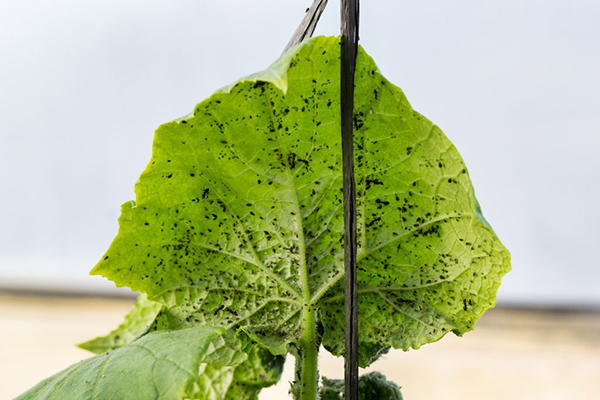
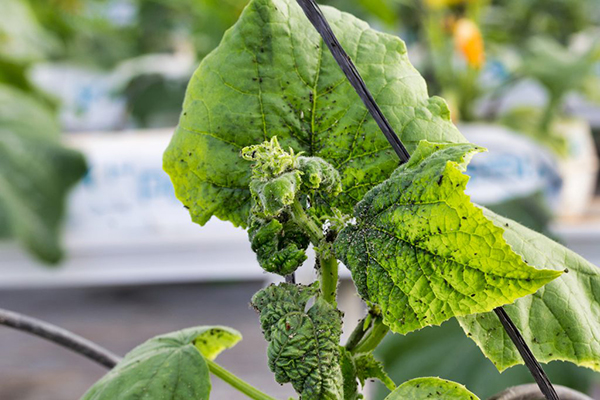
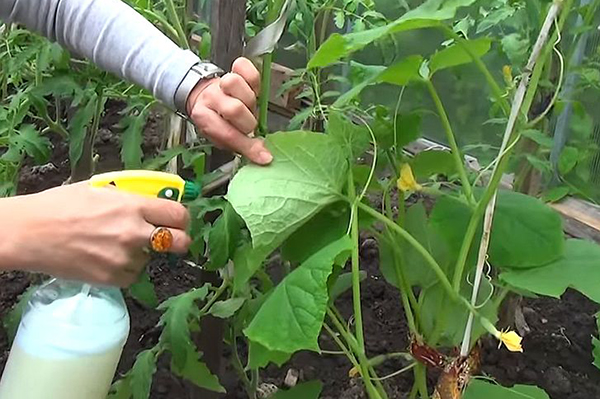
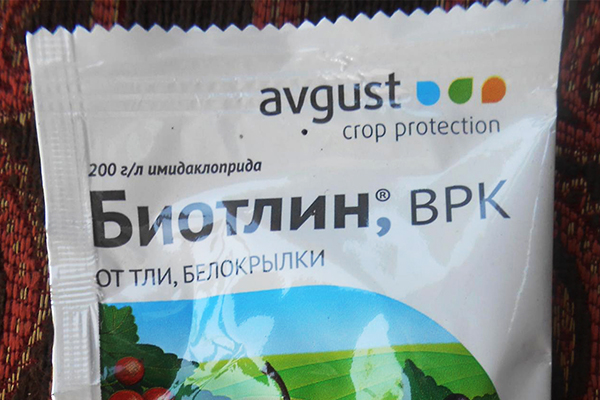
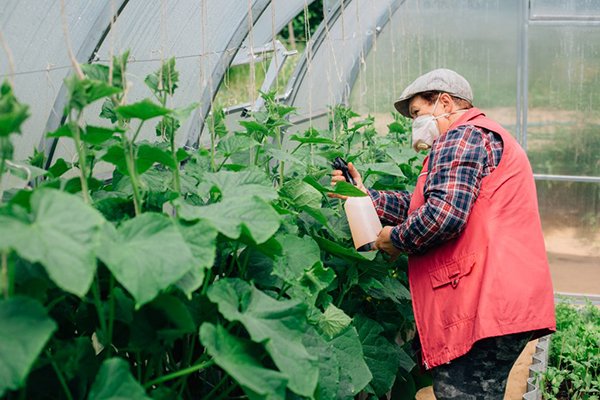
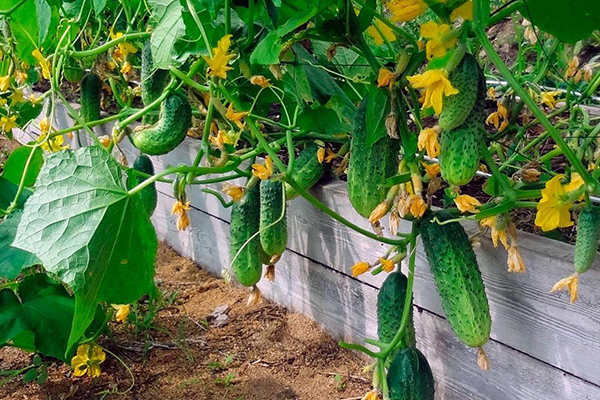

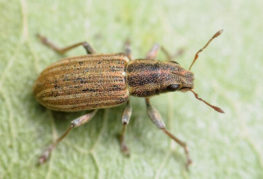
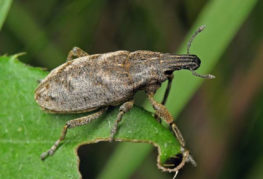
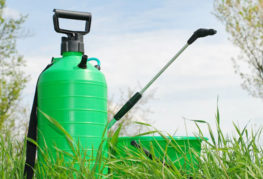
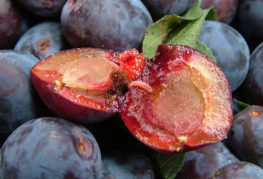
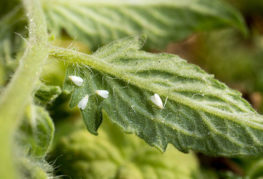
and will be published shortly.